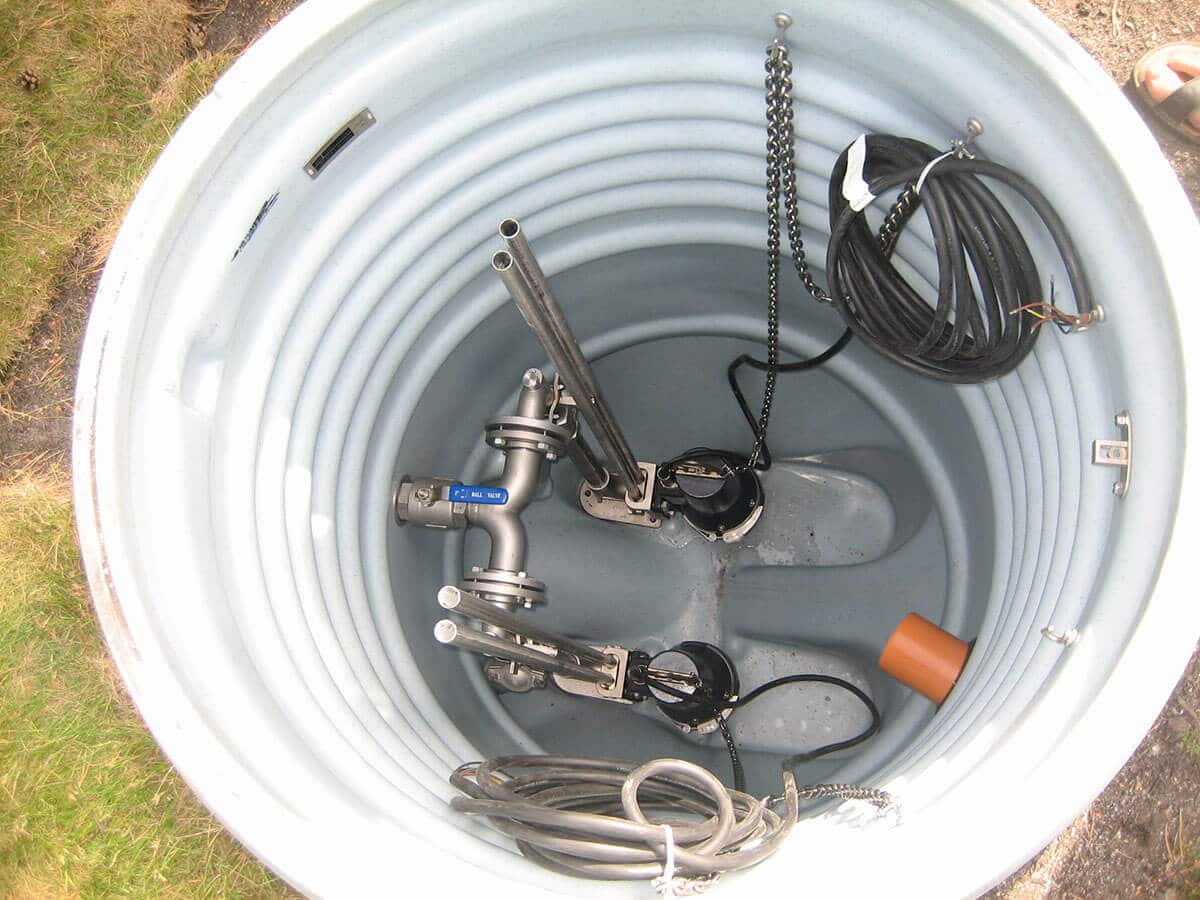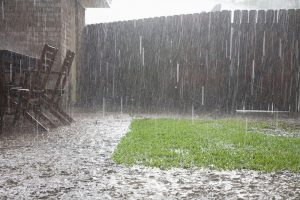A sump pump is a hard-working piece of equipment that prevents your basement from flooding out. It diverts excess groundwater away from the house, stopping severe problems from ever occurring. Most likely, you won’t even notice a sump pump is there until something goes wrong, and homeowners quickly get used to the noise it makes.
However, sump pumps require semi-regular maintenance to work properly and efficiently. Here’s what you need to know about sump pump cleaning.
What’s a Sump Pump?
A sump pump is a small electric water pump, usually located near or in the basement. It’s submerged in a lined hole called a sump pit. When the pit fills up with water to a certain level, the pump turns on and removes it. The pump works periodically, removing excess water until it reaches a set level, and then turns off until the pit fills in again. In drier areas, the pump might not even turn on more than a few times a year during heavier rainfalls.
The sump pump primarily expels groundwater. This process can be relatively common depending on how much water is in the soil around the house. The pump’s other use is to remove excess rainwater after heavier storms, although most residential pumps aren’t powerful or fast enough to expel large quantities of water in case of sudden floods or pipe bursts.
Maintaining Your Sump Pump
You should perform periodic checks to ensure the sump pump is working correctly. The first thing you have to do if you’re a new homeowner is to locate it. The pump is installed near the house’s lowest point, usually in basements or crawlspaces.
Sudden vibrations, movement, or earthquakes can shift the pump to its side and prevent its float ball from correctly assessing the current water level. Always ensure the pump is standing upright and the float ball is allowed to move freely.
You can check if the sump pump works by pouring water directly into the sump pit. You’ll need a generous amount of water before the pump can detect a sufficiently high water level and starts up. If the sump pump doesn’t work, check its electrical connection and circuit breaker.
Sump Pump Cleaning
Sump pumps can deteriorate over time due to debris and particles, which is why sump pump cleaning is a vital process to keep them working for longer. Thankfully, unless there’s a bigger issue, you can clean the pump without professional assistance, provided you can clear a way to the pit.
Cleaning a sump pump requires some plastic sheeting, a garden hose, a rough sponge or a scraping tool, and a shop vac.
You can pour a few cups of vinegar down the drain before cleaning the pump to soften up some of the residue and make cleaning faster.
Ensure the Water Is Off
Before cleaning the sump pump, turn off water in the home. If that is not feasible, turn off the water only for drains that lead directly into the sump pump. Washing machine drains will usually connect to the sump pit directly, but you can check your house’s plumbing to find out what drains lead where. The best way to be safe is to not use any internal fixtures that might be draining to the sump pump while you’re cleaning it.
Additionally, don’t clean the sump pump on a rainy day, or you might need its services while it’s out of the pit.
Disconnect the Pump From the Power Supply
This is a pretty self-explanatory step. Usually, the simplest ways to achieve it are to unplug it from the outlet in the basement or flip the basement’s breaker.
Remove the Pump From the Pit
You can use some gloves to keep your hands relatively clean during this process, although it may interfere with the rest of the cleaning. If you want to prevent a significant mess, wrap the pump in plastic sheet and put it in a large garbage bag. If the pump has been working for a while, it probably has some sludge caked around it, which is why you’re doing the sump pump cleaning in the first place.
Clean the Pump
Take the pump outside and place it somewhere you don’t mind cleaning up afterward. Use a garden hose to rinse the sludge off the pump and clear it out. If needed, use a scraping tool or a sponge to remove the dirtier spots. The first layer should come out relatively easy, and if the cleaning is done regularly, you shouldn’t have a huge problem scraping the underlying layers, or they might not exist at all.
Once the pump is cleaned, leave it out to dry entirely if possible.
Drain the Sump Pit
Before plugging the pump back in, vacuum up all the water in the sump pit. If possible, clear out some of the sludge on the pit walls. If the pit is dirty, the sump pump will just get covered in sludge faster once you put it back in.
Check the Discharge Pipe
The discharge pipe is where all the water is expelled through the pit. If the pump is particularly dirty, chances are the pipe is probably caked with the same amount of waste. You can check the pipe for obstructions using a plumber’s snake.
If the discharge pipe gets clogged, the water will flow back into the pit and cause the pump to work overtime to push it through the blockage.
Put the Pump Back and Reconnect Power
Once the pump is clean and the sump pit is looking relatively sludge-free, you can put it back and reconnect the power supply.
Test the Pump
Pour a generous amount of water into the sump pit to test if the pump works after being connected to the power supply.
Check the Backup
Some sump pump systems have a backup pump that is battery-operated. Make sure to inspect the backup systems every so often and replace the battery every few years, even if the pump hasn’t been turned on in that time.
Call In the Sump Pros
If the sump pump looks damaged or doesn’t work properly during regular tests, you can call your plumber to troubleshoot it. Most sump pump problems are fixable, but some might require you to replace the pump entirely with a new model.
With proper cleaning and regular maintenance, the pump should work well over ten years. If you have any problems with the pump, contact MT Drain, and we’ll have a technician check it out as soon as possible.





